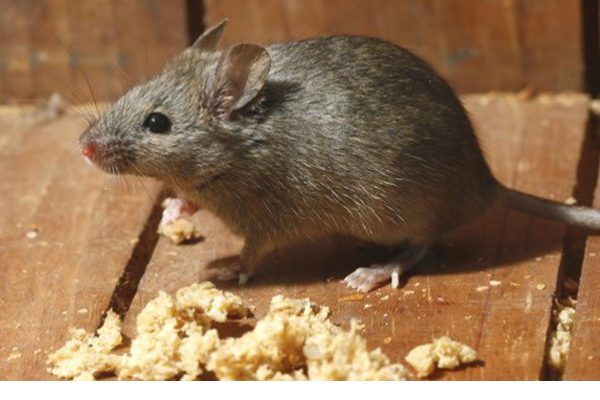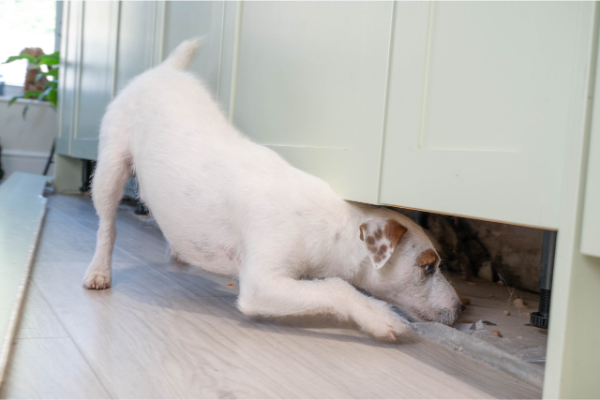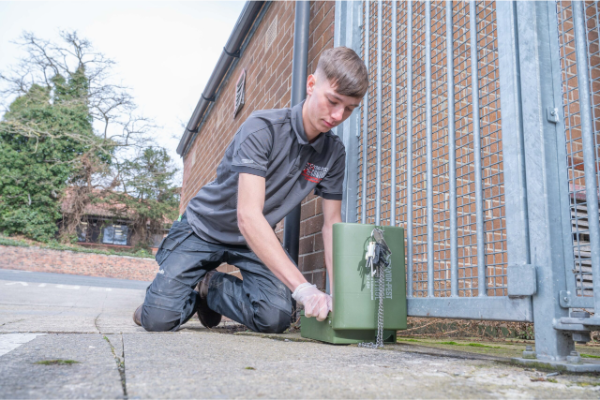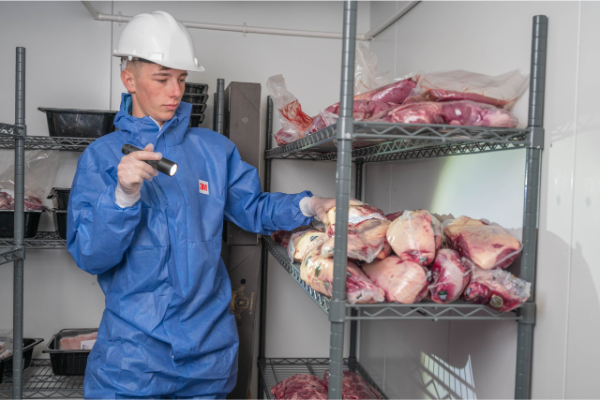Mice Infestation Control
YOR Pest Control has been providing efficient mouse elimination services for numerous years. We have a team of experts who will conduct a comprehensive inspection of your property, regardless of whether it is residential or commercial. Our team will skillfully identify the hiding spots of these pesky rodents and remove them and their nests. We will also determine the root cause of the infestation and how they are entering your property.
When you book a pest control appointment with us, our professional will discuss the interior, exterior, or both treatment options. We guarantee efficient solutions that meet your pest control needs, whether trapping, exclusion, monitoring, or disinfection services.
It is essential to have a sound understanding of their behaviour and take the appropriate measures to prevent infestations from becoming a bigger problem. Please feel free to contact us for any help you need in this regard.


Signs To Look Out For Mice In A House
Brown rats are only pregnant for three weeks and can have six to ten babies in a litter resulting in a rat infestation building up very quickly. They breed throughout the year, with more than one litter reaching maturity every four months. Mice and rats are very similar in their reproductive systems, with both being able to get pregnant within minutes of mating and gestating for only 21 days. After birth, the female can conceive again immediately. Older mothers live longer than younger ones, and multiple births often cause complications in rat pups as they are born prematurely and thus smaller than their peers. It is of utmost importance to ensure the proper removal of rodents from your home or business to prevent the transmission of diseases. If a colony of rodents is not addressed in a prompt and professional manner, it can swiftly escalate into a significant issue that poses a serious threat to your health and well-being.
Sightings Of Live Mice
Mice tend to use the same ‘runs’ and rub up against walls and cables. The dirt and grease on their fur are left on the areas that they regularly use and builds up to a black smear mark over time. Smear marks are signs that you have had mice for a long time. Mice chew continually and can damage cables, plasterboard, skirting boards, and doors. They also will chew through packaging for food and create nesting materials. Droppings are roughly the size and shape of basmati rice. They are commonly found in cupboards and under kick-boards in the kitchen. Mice continually urinate and leave droppings, generally around 80 per day. Mice are generally nocturnal and like to feed little and often, from crumbs or leftover food. They do not need a separate water source. In ideal conditions, mice can live up to a year or longer. A female mouse can have in excess of 40 young in a year so it is very important that any evidence or sightings are reported straight away.
Mice Smear Marks
The house mouse has been a commensal species of humans throughout much of its range because of its close proximity to man. Mice are often found in various places where we live, including our homes, barns and stables. They nest and hide behind furniture, in closets and cabinets, under rugs and behind wallpaper. The mice make their nests in dry areas such as in walls or under furniture, and they make runways through insulation, insulation or anywhere there is an opening through which they can scurry. Smear marks are quite obvious if there is a heavy mouse infestation. They are created from a mixture of grease and mouse urine. Yor-Pest Control provides a comprehensive mouse control services in York. Our team has extensive training and expertise in detecting the presence of mice and rats in a wide range of environments, including homes, offices, sheds, gardens, restaurants, and shops. We provide exceptional pest control services to both commercial and residential clients around the clock, 365 days a year.
Field Mice And House Mice
In open areas such as shrubs and fields, the house mouse (Mus domesticus) or field mouse (Mus musculus) population is known as noncommensal. These populations are often limited by water or food supply and have large territories. When the weather gets cold, the house mouse will often find its way into your house or business and lead to an infestation requiring our mouse control service.
Food Sources
The common house mouse, commonly found in households, has a varied diet that consists of plant-based foods, such as grains, and indulgent treats like chocolate biscuits and peanut butter, which are commonly used as bait in mouse traps. In food scarcity, the mouse will prioritize consuming fatty foods to build up fat reserves swiftly.
















